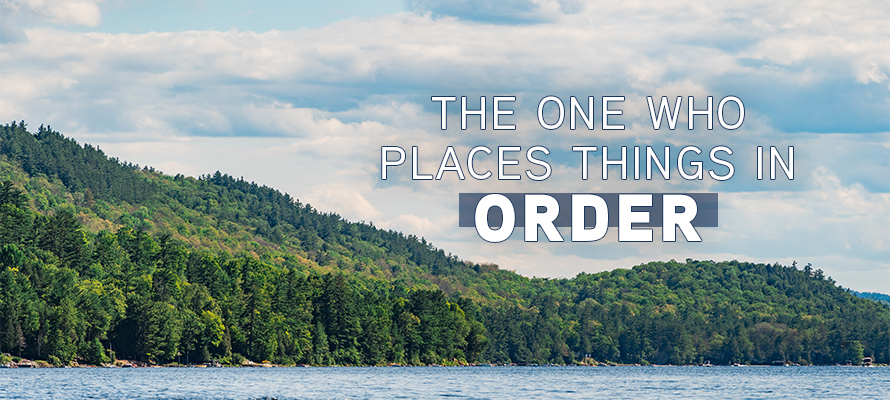
It was the late spring of 2007. My car had just over 5,000 miles on it and I was in the midst of my first long solo road trip. In moving from Indiana to Maine for a summer job, I’d taken advantage of the time before my first day of work to visit my parents in Chicago, my 97-year-old grandmother in Minnesota, a former coworker in Ontario, Canada, and to marvel at Niagara Falls from both sides of the border.
On the morning this story takes place, I’d set out early from Buffalo, New York, hoping to make it to Albany and tour the state capitol before dark. I figured I would enjoy the scenic route (and avoid tolls) by taking the highway through the Finger Lakes and staying off the turnpike. However, that seemed to add more than just a little time to the trek and I knew I’d never make Albany by nightfall, so I begrudgingly returned to the turnpike somewhere east of Syracuse.
As the afternoon wore on and the thunderclouds ahead grew darker and more ominous, I suddenly noticed a little brown sign on the side of the interstate. Having grown up stopping at all sorts of random roadside oddities while camping with my family, I looked forward to seeing if New York offered something even better than the giant Viking statue welcoming visitors to my cousin’s small town in rural Minnesota.
To my surprise, it was actually a sign pointing out the national shrine of then-Blessed Kateri Tekakwitha (who was later canonized in 2012 and whose feast day we celebrate on July 14). I had come to know and love Kateri through my work teaching Outdoor/Environmental Education at Catholic camps for three years. As the patroness of ecology, St. Kateri reminds us all of our duty to be good stewards of the earth and I would often discuss her legacy with my students as we hiked in the woods and learned about our local ecosystems.
St. Kateri took the name of “Catherine” upon her baptism on Easter of 1676, which is translated “Kateri” in the Iroquois language. Her given name “Tekakwitha” can be translated in numerous ways, including “one who places things in order” and was a reference to the way Kateri used her hands to move things around and place things in order after her eyesight was diminished due to the disease of small pox, which had killed her immediate family and left her scarred for the remainder of her life.
One of the ways in which Kateri placed things in order was by making small crosses out of wood and placing them around the forest near her home – to encourage anyone who came across them to stop and pray. One of the camps I worked at had done similarly – erecting 5-foot-high crosses along a path through the woods that campers and staff alike would stumble upon in our ramblings or while teaching. I was reminded of these small blessings as I stumbled upon the shrine dedicated to St. Kateri on my road trip that late spring day.
The shrine was absolutely beautiful, and quite peaceful. I was almost the only one there and only had a few moments to wander the grounds and try to take everything in before the chapel closed for the day and I needed to continue my trek. I roamed around for just a little while, trying to imagine the lives that were lived in this region over 300 years ago. I sensed just a small taste of the beauty that must have drawn Kateri to the heart of our Creator.
With the storm now approaching ever closer and the first rain drops beginning to fall, I headed back to my car and the turnpike once more. I never did end up touring the state capitol in Albany that day, but that’s ok. And now – with over 200,000 miles on my car and numerous road trips under my belt – I still look back with awe at how a young Native American girl (the first canonized Native American) who yearned to draw people closer to the Lord by her simple crosses in the woods managed to draw me closer to him as well, through a little brown sign on the side of the turnpike over 300 years later!
St. Kateri Tekakwitha, pray for us!




